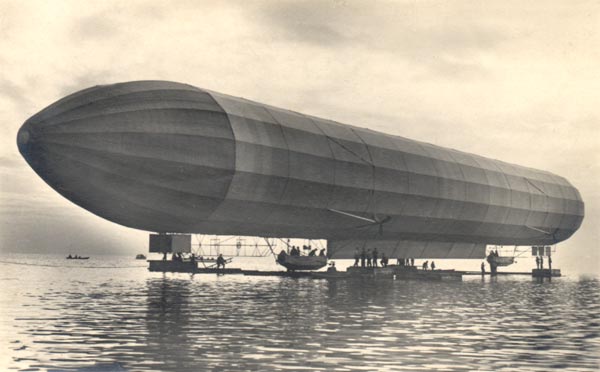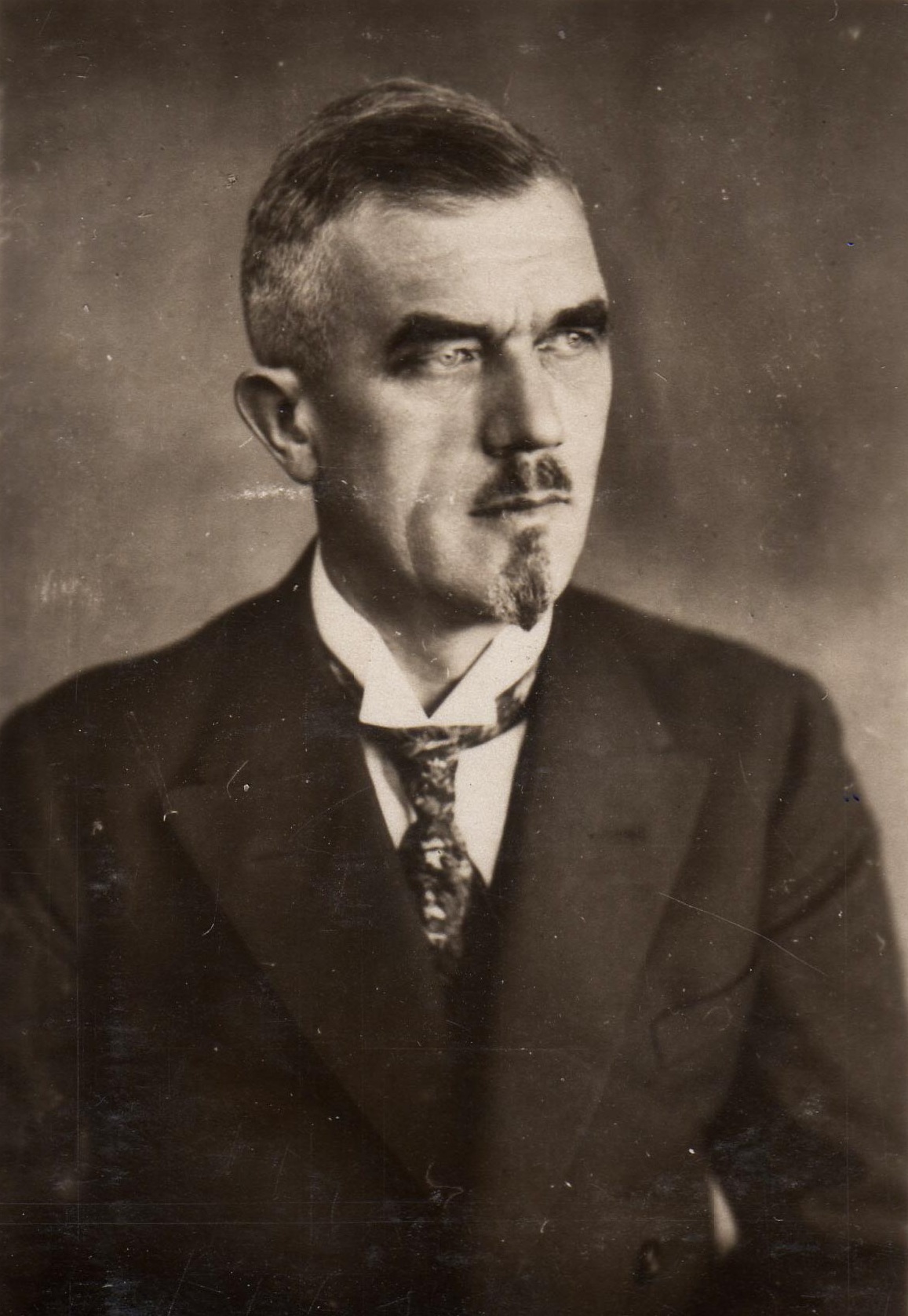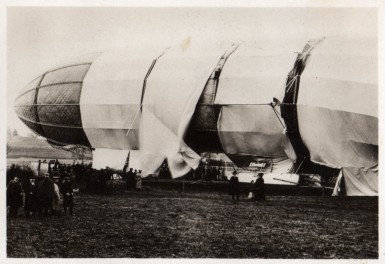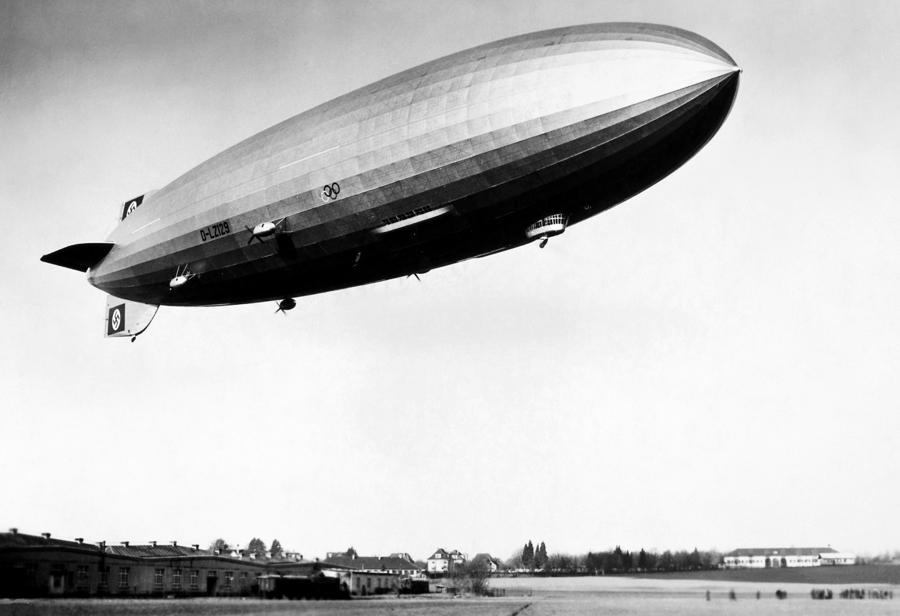
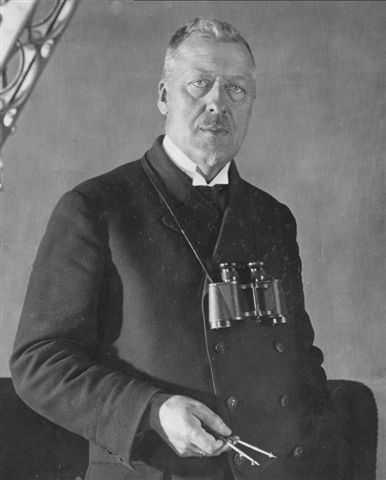

The airship was operated by a flight crew of 40, with 12 stewards and cooks. There were 50 passenger sleeping berths in private cabins, with large public areas on the upper, “A” deck, with crew quarters, galley, a public bar and smoking lounge on the lower “B” deck. The ship’s control station was located in a gondola below the forward part of the hull.
The airship was designed by Ludwig Dürr. Its rigid structure was built of triangular-section duralumin girders (a specially heat-treated alloy of aluminum and copper, and anodized blue for corrosion protection). There were 15 ring frames and 36 longitudinals.
The airship’s control surfaces were operated by electric servo motors.
The Zeppelin’s covering was cotton fabric painted with a cellulose varnish which had been impregnated with aluminum powder, both to give it the silver color, but also to act as a reflector to protect the sixteen hydrogen-filled bouyancy gas bags contained inside from heat and ultraviolet light.
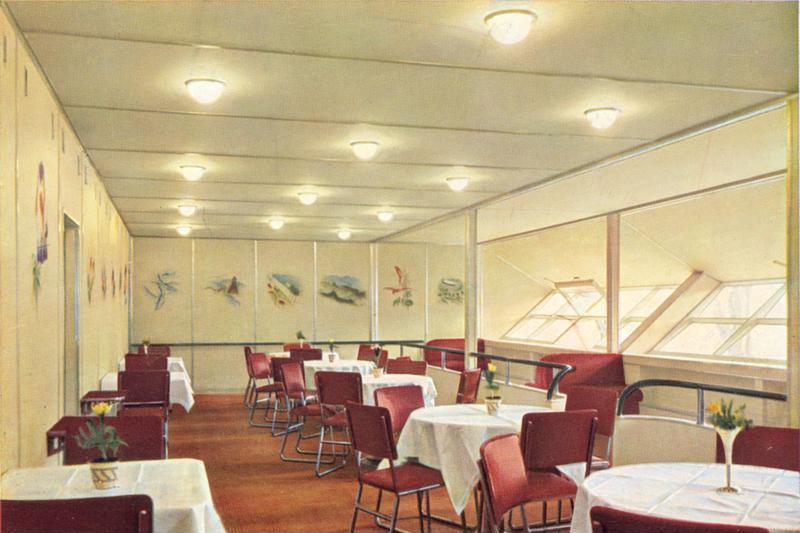
Hindenburg was 803 feet, 10 inches (245.008 meters) long, with a diameter of 135 feet, 1 inch (41.173 meters). Hindenburg had a gross weight of approximately 215,000 pounds (97,522 kilograms).

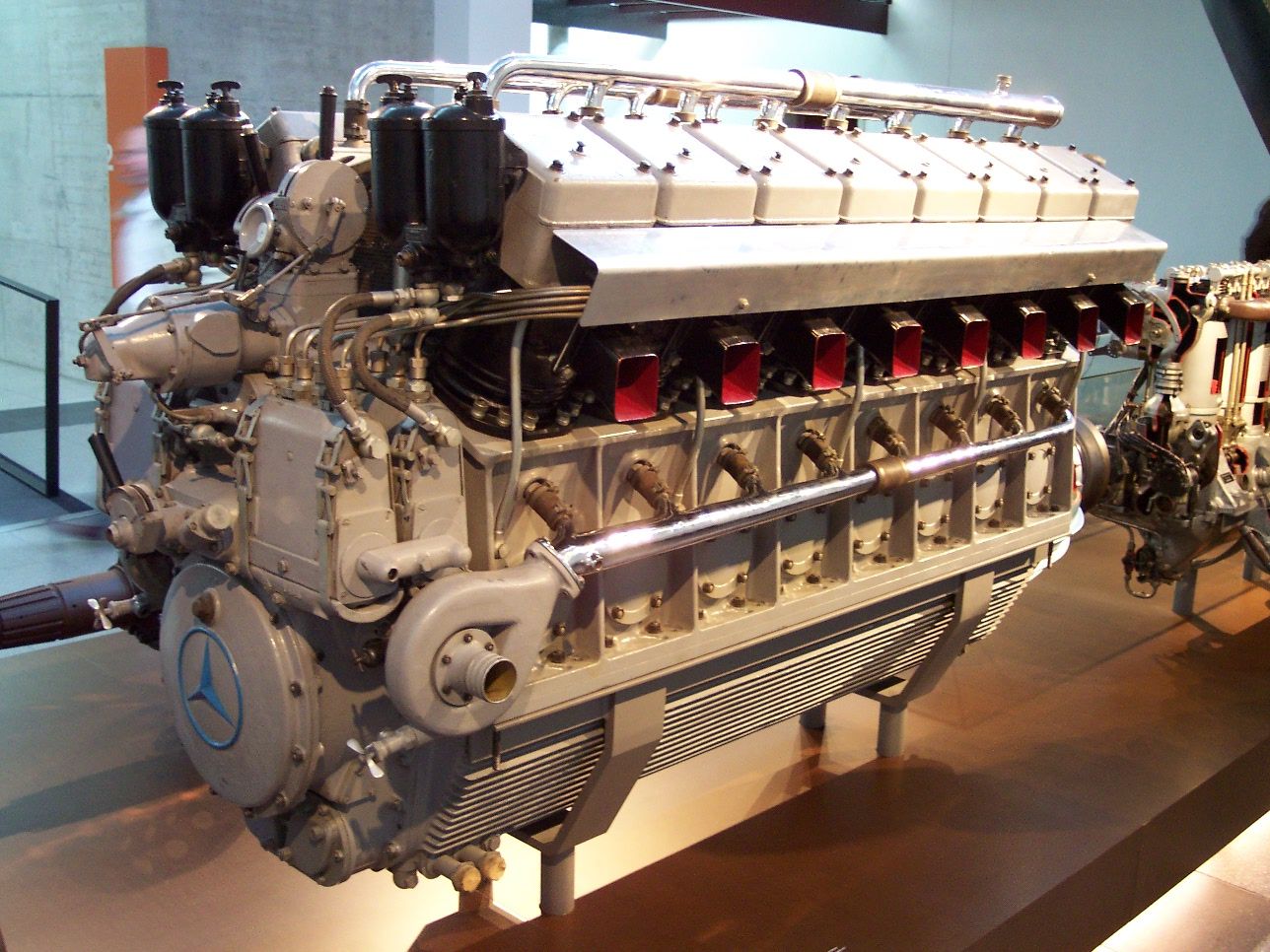
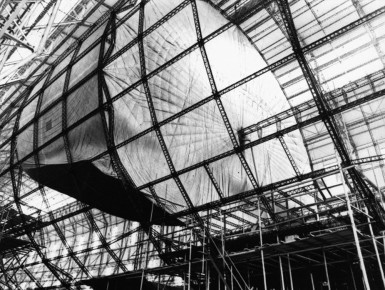
Lift was provided by 16 hydrogen gas cells which were made of multiple layers of cotton fabric which was brushed with latex gelatin. These contained 7,062,000 cubic feet (199,974 cubic meters) of hydrogen with a lift capacity of 511,500 pounds (232,013 kilograms), nearly double the airship’s weight when fully loaded.
LZ 129 had a cruising speed of 76 miles per hour (122 kilometers per hour) and a maximum speed of 84 miles per hour (135 kilometers per hour).
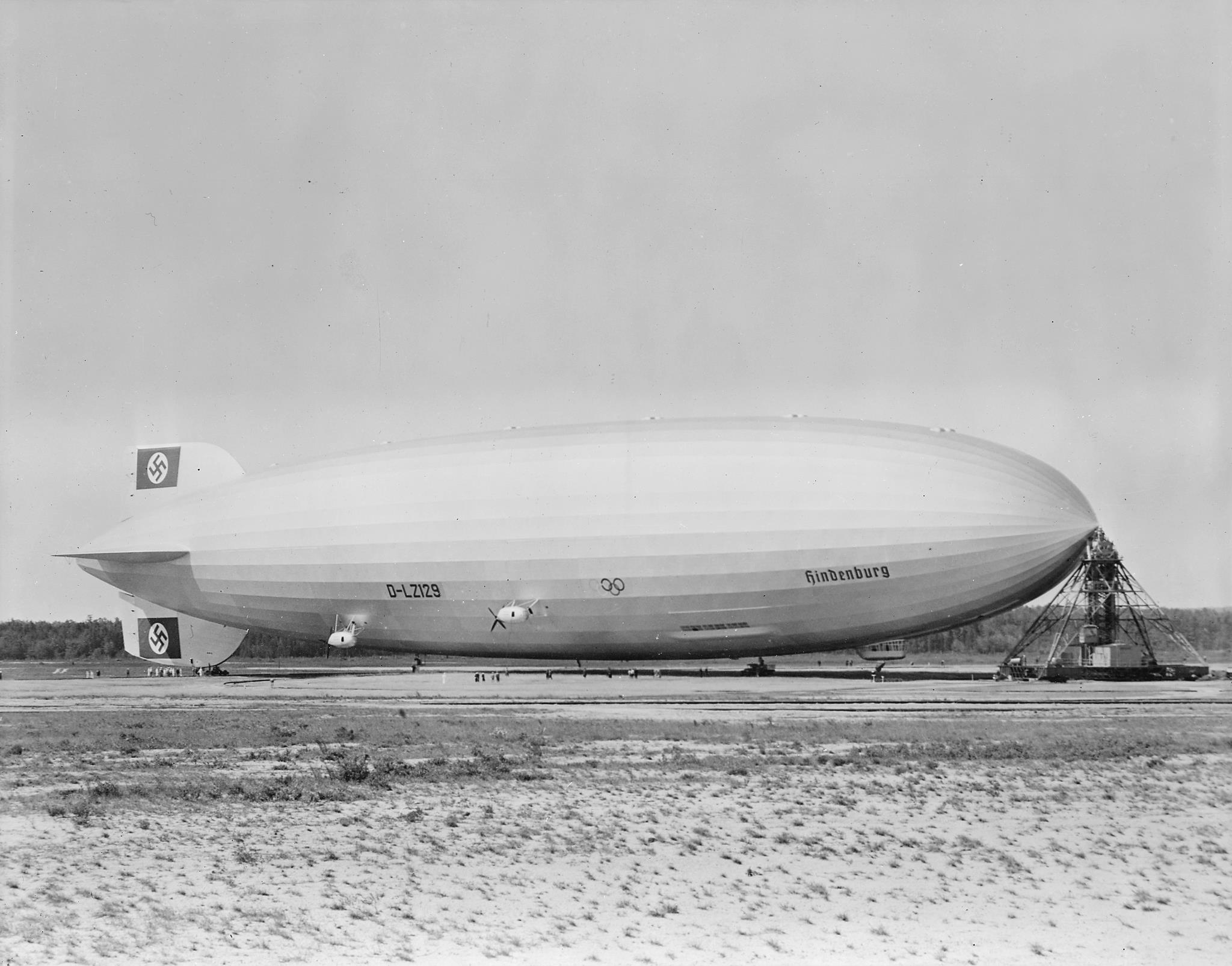
¹ Eckner is universally referred to as “Dr. Eckener.” He earned a doctorate from the Institute for Experimental Psychology, University of Leipzig, 1892.
© 2019, Bryan R. Swopes
